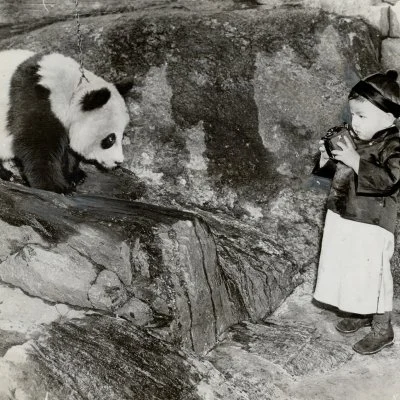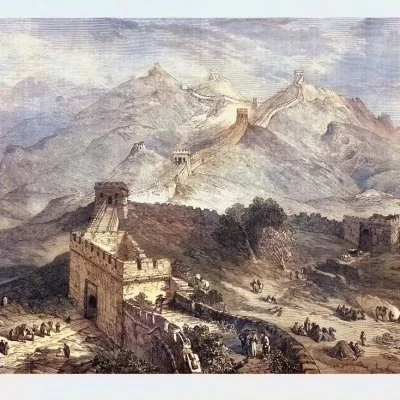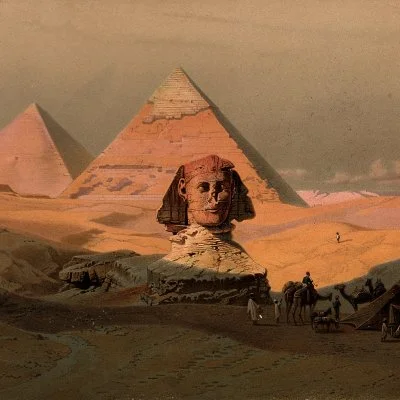Автор
Арина Федорова
Историк, PhD исследовательница, специалистка по финансовой истории империй.
Материалы автора
© QALAM 2025. Все права защищены.
Свидетельство о постановке на учет периодического печатного издания, информационного агентства и сетевого издания № KZ25VPY00077761. Выдано 15.09.2023 года Комитетом информации Министерства информации и общественного развития Республики Казахстан.



